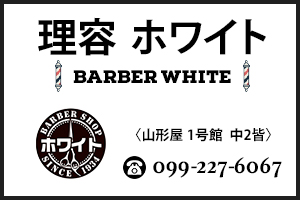Rainy season in Japan dates and what you should know before traveling
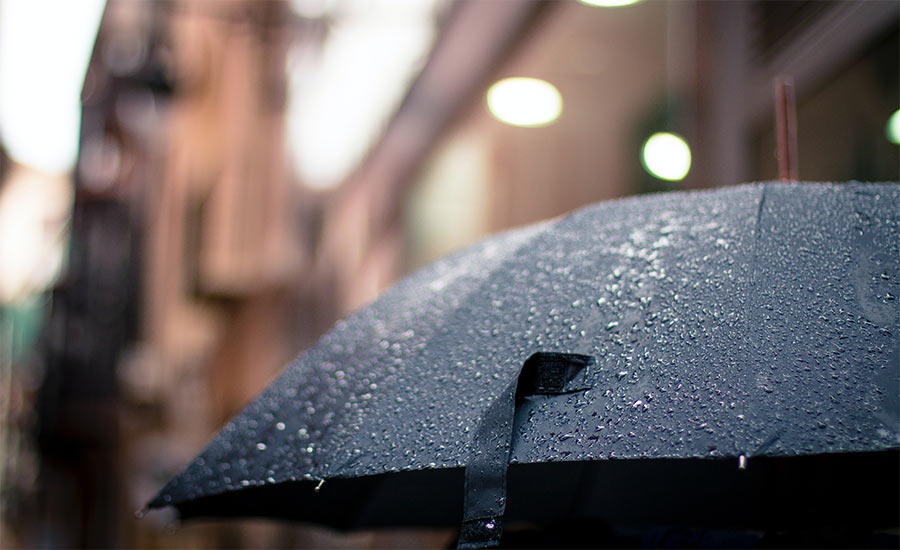 Written by D Armando
Written by D Armando
Translated by A Osorio
31.5.2021 (Re:13.6.2022)
In Japan, between spring and summer (from May to July) there are cloudy days with a lot of rain, the reason is “the rainy season”.
3. Start and End of the rainy season in Japan
1. Areas of the rainy season
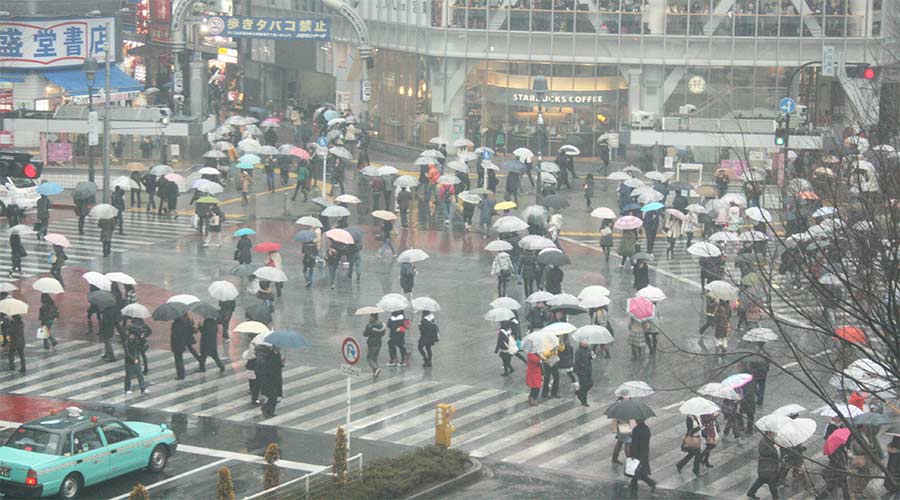 The rainy season it is located not only in Japan, but also in the southern part of the Korean Peninsula, the coastal areas from the southern part of China to the Yangtze River basin, and wide areas of East Asia such as Taiwan. In Japan, it covers the entire area of the country except Hokkaido and the Ogasawara Islands.
The rainy season it is located not only in Japan, but also in the southern part of the Korean Peninsula, the coastal areas from the southern part of China to the Yangtze River basin, and wide areas of East Asia such as Taiwan. In Japan, it covers the entire area of the country except Hokkaido and the Ogasawara Islands.
2. Baiu zensen – Baiu front
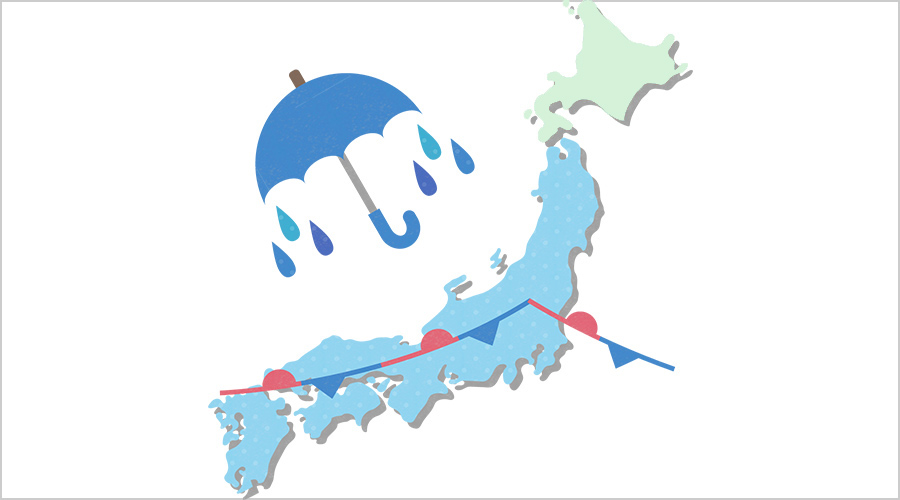 The rain clouds that cause or give rise to the rainy season are called “Baiu zensen” (Front Baiu) or rain front. This front travels from south to north in the Japanese archipelago. Therefore, the rainy season runs through Japan from southwest to northeast, starting with Kyushu, Okinawa, and Shikoku from late May to early June. In early July, the Tohoku region and almost all of Japan, except Hokkaido and the Ogasawara Islands, will enter a large-scale rainy season. After mid-July, sunny weather will arrive and the rainy season will end in order, from the southern region.
The rain clouds that cause or give rise to the rainy season are called “Baiu zensen” (Front Baiu) or rain front. This front travels from south to north in the Japanese archipelago. Therefore, the rainy season runs through Japan from southwest to northeast, starting with Kyushu, Okinawa, and Shikoku from late May to early June. In early July, the Tohoku region and almost all of Japan, except Hokkaido and the Ogasawara Islands, will enter a large-scale rainy season. After mid-July, sunny weather will arrive and the rainy season will end in order, from the southern region.
3. Start and End of the rainy season in Japan
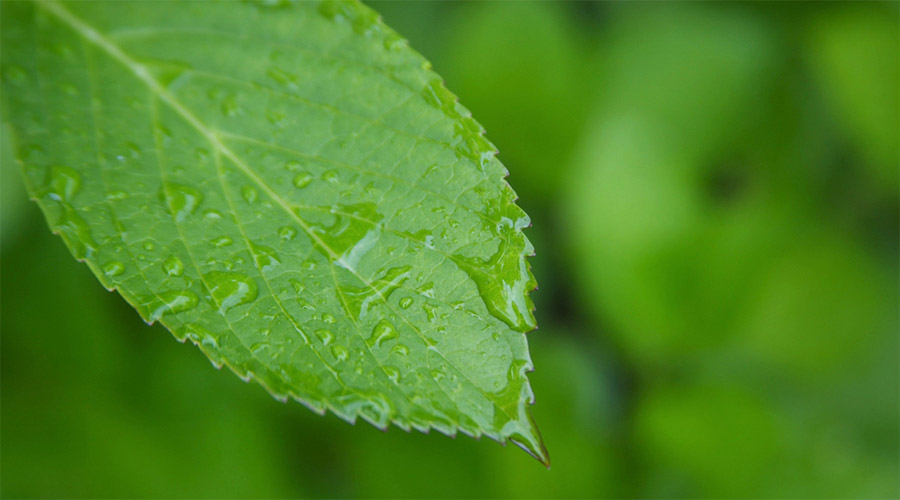 The beginning of the rainy season is called “Tsuyuiri” and the end is called “Tsuyuake“, which is always announced by the Japan Meteorological Agency. The dates and periods of the rainy season and the end, vary from year to year depending on the weather conditions. The period of the rainy season is about 45 days, and in the Kyushu region where Kagoshima prefecture is located, the average rainfall in the rainy season is about 500mm, it rains about a quarter of the whole year in this region.
The beginning of the rainy season is called “Tsuyuiri” and the end is called “Tsuyuake“, which is always announced by the Japan Meteorological Agency. The dates and periods of the rainy season and the end, vary from year to year depending on the weather conditions. The period of the rainy season is about 45 days, and in the Kyushu region where Kagoshima prefecture is located, the average rainfall in the rainy season is about 500mm, it rains about a quarter of the whole year in this region.
After the rainy season, the sunny weather continues, the temperature rises dramatically, and summer begins.
| Region |
Start | Finish |
| Okinawa / Amami |
Around May 10th |
Around June 25th |
| South of Kyushu | Around May 30th | Around July 15th |
| North of Kyushu | Around June 4th | Around July 19th |
| Chugoku / Shikoku | Around June 5th | Around July 18th |
| Kinki | Around June 6th | Around July 19th |
| Tokai / Hokuriku | Around June 9th | Around July 21th |
| Kanto / Koshin | Around June 7th | Around July 19th |
| Tohoku | Around June 14th | Around July 26th |
※Data reference:Ministry of Land, Infrastructure, Transport and Tourism Japan Meteorological Agency “Confirmed data from 1951 to date“
4. Fight against humidity
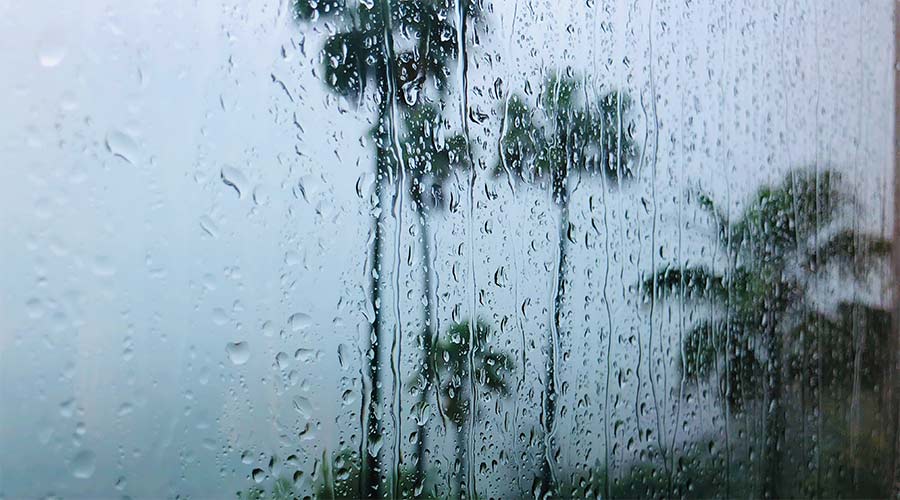 During the rainy season, there are few sunny days, so humidity is very high. Clothes not only become more difficult to dry, but it also makes it easier for mold to grow indoors. It is necessary to use an air conditioner, a fan, or a dehumidifier, to circulate the air in the room.
During the rainy season, there are few sunny days, so humidity is very high. Clothes not only become more difficult to dry, but it also makes it easier for mold to grow indoors. It is necessary to use an air conditioner, a fan, or a dehumidifier, to circulate the air in the room.
5. Teru teru bōzu
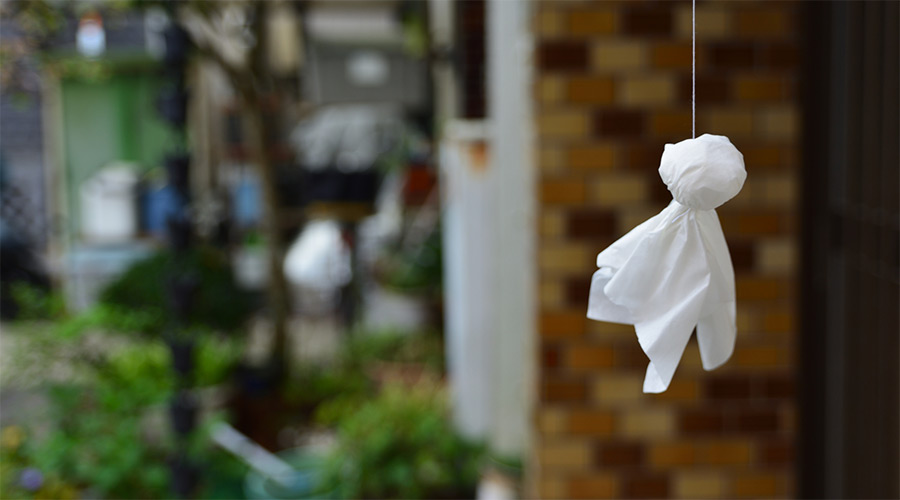 Teru Teru Bouzu is a small traditional Japanese doll made of white paper or cloth, which is hung in the windows on rainy days. According to the tradition, it is an amulet that serves to prevent rainy days and attract good weather.
Teru Teru Bouzu is a small traditional Japanese doll made of white paper or cloth, which is hung in the windows on rainy days. According to the tradition, it is an amulet that serves to prevent rainy days and attract good weather.
Nowadays, teru teru bozu with various facial expressions are very common, but in the Edo period (1603-1868) when this custom was expanding, apparently, only when the desire for a sunny days was fulfilled; as an offering their eyes and nose were drawn, then sake was offered and throw into the river.
On the contrary, when rain was desired, a black teru teru bozu or a teru teru bozu was hung upside down.
| Let’s enjoy this beautiful season
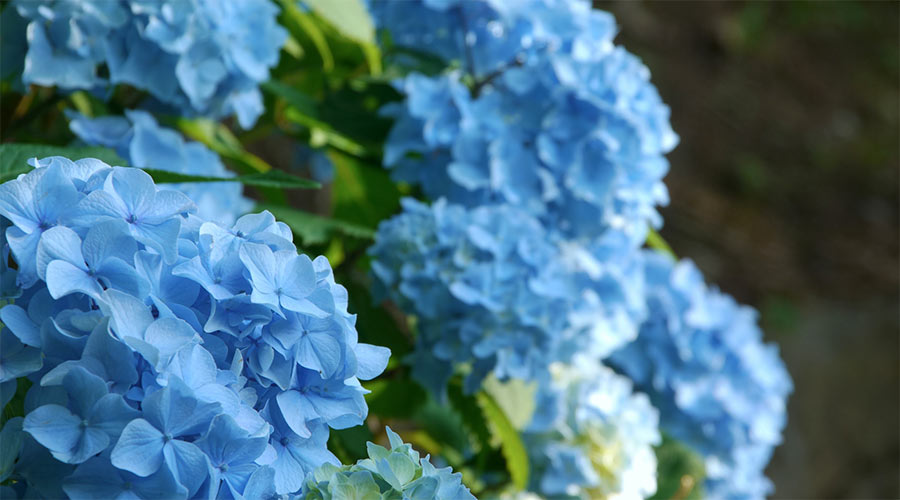 The rainy season may not appeal to many people at times, but using convenient rain gear or making special plans for this season could help you see the bright side of this season.
The rainy season may not appeal to many people at times, but using convenient rain gear or making special plans for this season could help you see the bright side of this season.
| Recommended Products
| Recommended Articles
 Ohashi – How to use chopsticks and the basic manners for their use
Ohashi – How to use chopsticks and the basic manners for their use
Written by D Armando
Translated by A Osorio
The information in this article was current at the time of coverage and writing.
・・・ todonavi ・・・
